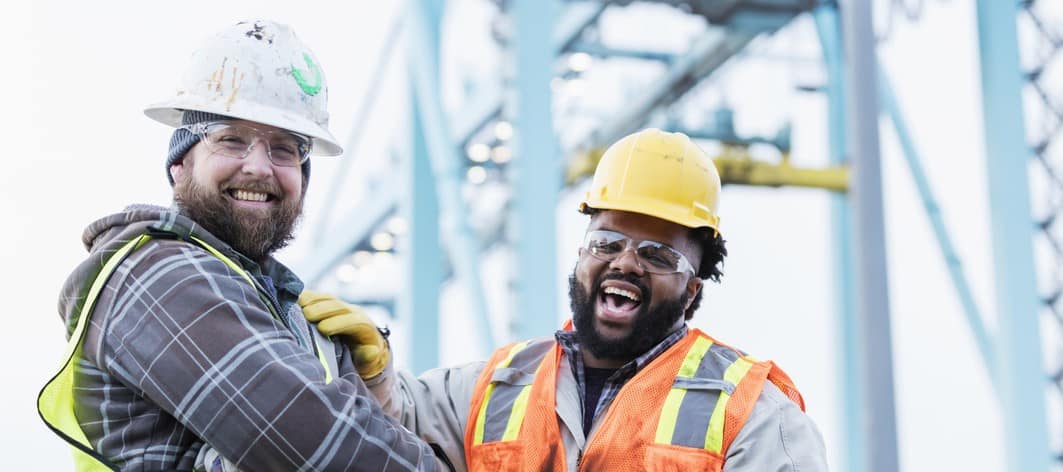
How Focusing on Strengths Creates a Culture of Awareness
by Garrison Wynn, CSP
Not so long ago, we mistakenly felt compliance was the key to safety. We believed that if we could just get Bobby to pay attention to what the hell he was doing, we would win the safety award (that we just invented). The plan was to tell stories of fatalities, complete with a 20-minute video that was 17 minutes too long. If we could include a sad story by the surviving spouse, we just knew the message had to stick.
To be clear, I do agree that people have to be held to a standard. I also might emphasize that accountability to a specific set of procedures is the framework of any good safety program. But all research points to one undeniable truth about human behavior: if you focus only on people’s weaknesses, they will ultimately feel weak! They will typically feel less confident or — perhaps worse — become complacent, which can lead them to emotionally check out and lose their natural awareness.
So, when you sit Bobby down and say, “Hey, let me tell you the five ways you suck at safety,” pay attention to the look in Bobby’s eyes. Like a seven-year-old caught misbehaving on the playground who believes the other kids should be accused with him, Bobby is not learning a better behavior that will become a habit. In fact, the lesson learned is “My direct supervisor does not support me as a person.”
Okay, this is the point at which a decent percentage of industrial jobsite veterans will say, “We can’t baby people. They need to suck it up and deal with the reality of their failed actions.” But if the vast majority of people responded to that approach, they would all have learned from every mistake and we wouldn’t have incidents. Long ago, some distracted caveman would have tripped over a rock, been scolded in the lost language of Cavemanese, changed his ways, and created unlimited safety for all eternity.
If that example seems silly, it’s because it is! It’s absurd to think that telling people what they ought to do creates a sustainable culture of awareness. Many people in that situation would simply leave that meeting feeling bitter and unappreciated. And for the record, if you’re resentful because someone’s telling you to change your behavior, you are not very likely to do it.
The foundation of employee engagement is believing that your direct supervisor supports you. The way a supervisor proves that support is to first tell employees the things they are doing well, before addressing what they need to work on. It’s an old-fashioned concept called “being supportive.” Repeated continually by all supervisors, this leadership style creates a culture. But these direct leaders have to be on the same page. If everyone has a different agenda, you don’t have a culture!
People don’t work for companies or ideals or concepts; they work for front-line supervisors. That experience is what the job feels like day to day.
But why would that daily experience have any bearing on safety or performance? People who feel supported have a better cognitive response and a higher level of awareness. They are less complacent and more likely to do the right thing. And the effects don’t stop with just the individual employee. When supervisors treat their people with support, those employees tend to treat each other in supportive ways; they watch each other’s backs and become safer overall as a group.
The end result of this kind of culture is, oddly enough, compliance. You have to actually create a space where a compliant culture can exist rather than just telling employees compliance is something they need to do. To create a culture of safety, we have to do what actually works — not just what we believe should work.
EHS Today (research reference)
https://www.ehstoday.com/safety/how-engaged-workers-are-safe-employees






